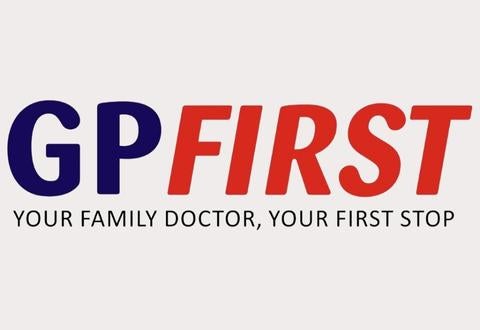What is - Malignant biliary obstruction: Percutaneous transhepatic drainage and stenting
Cancer arising originally from the liver or spread to the liver from cancer elsewhere can cause obstruction to the normal flow of digestive juice (bile) from liver into the bowel. Usually, patients are known to have a cancer or occasionally present to their doctor with symptoms related to this for the first time.
Symptoms of Malignant biliary obstruction: Percutaneous transhepatic drainage and stenting
Usually, patients may present with worsening jaundice (yellowing of the white part of the eyes), itching, dark urine and pale/white stools and also sometimes with abdominal pain. The symptoms will worsen and impact on the quality of life if the obstruction is not relieved.
Malignant biliary obstruction: Percutaneous transhepatic drainage and stenting - How to prevent
Malignant biliary obstruction: Percutaneous transhepatic drainage and stenting - Causes and Risk Factors
Diagnosis of Malignant biliary obstruction: Percutaneous transhepatic drainage and stenting
If you or family members have advanced cancer of the liver, which is causing worsening jaundice, this may be treatable with stenting the bile tube/duct which can reduce the yellowish skin discoloration and intractable itching. This may significantly improve the quality of life. Please ask your doctor for relevant information.
Treatment for Malignant biliary obstruction: Percutaneous transhepatic drainage and stenting




Pre-Surgery Preparation for Malignant biliary obstruction: Percutaneous transhepatic drainage and stenting
Contributed by
The information provided is not intended as medical advice. Terms of use. Information provided by SingHealth.
Condition Treated At
Department
Gastroenterology and Hepatology
Department
Vascular and Interventional Radiology
Department
Gastroenterology and Hepatology Service
Department
Surgery


















